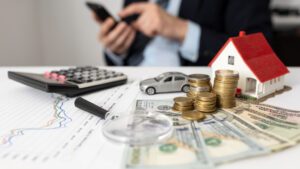Home to charming neighborhoods with thriving economic growth, Indianapolis welcomes you to its dynamic urban city with much to offer!
Indianapolis is the well-established capital city of Indiana, located in Marion County in the midwest of the United States. It is considered one of the best downtowns in the country and one of the best cities for young professionals.
Moving to Indianapolis allows you to be near top universities, amenities, thriving businesses, retail shops, sports events, attractions, and entertainment.
Searching for a new city can be overwhelming as there are many things to consider before deciding to move.
If you are considering moving to Indianapolis, Indiana, this article will help you decide and assess whether relocating is ideal for you and your family.
Cost of Housing
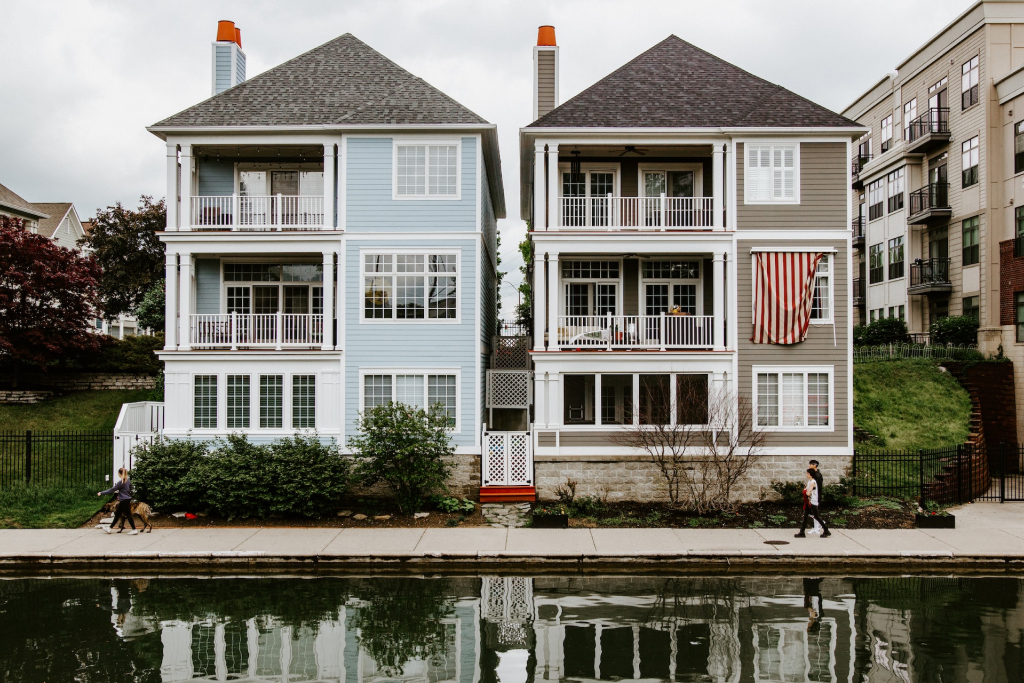
Photo by Gabe Pierce on Unsplash
When moving to Indianapolis, finding a new home is one of the most crucial parts of your journey.
The good news is that the city offers a very affordable cost of living, with housing being 38% below the national average. Indianapolis’s average home value is $223,323, while the median sale price is $248,000.
Indianapolis offers various houses for sale, with varying price points. You can find affordable homes that cost below $100,000 to upscale homes that cost over $7 million.
Below is the approximate median sold price of homes in Indianapolis, based on bedroom county.
| Bedroom Count | Median Sold Price |
|---|---|
| 1-bed | $164,000 |
| 2-beds | $175,000 |
| 3-beds | $230,000 |
| 4-beds | $305,000 |
| 5+ beds | $410,000 |
Besides owning a home, renting in Indianapolis provides an alternative affordable housing option.
Some rental homes can be expensive due to their size and features, like a pool, updated kitchen, and location. However, there are still many affordable apartments in Indianapolis catering to different budgets.
Below is the average rent in Indianapolis. Note that the rental cost will depend on various factors including the type and size of the home, location, and amenities:
| Bedroom Count | Average Rental Rate | Rental Rate Range |
|---|---|---|
| Studio | $910 | $550 to $1,680 |
| 1-bed | $1,010 | $680 to $1,640 |
| 2-beds | $1,180 | $750 to $1,950 |
| 3-beds | $1,500 | $900 to $2,550 |
| 4+ beds | $1,620 | $940 to $2,950 |
Utility Cost
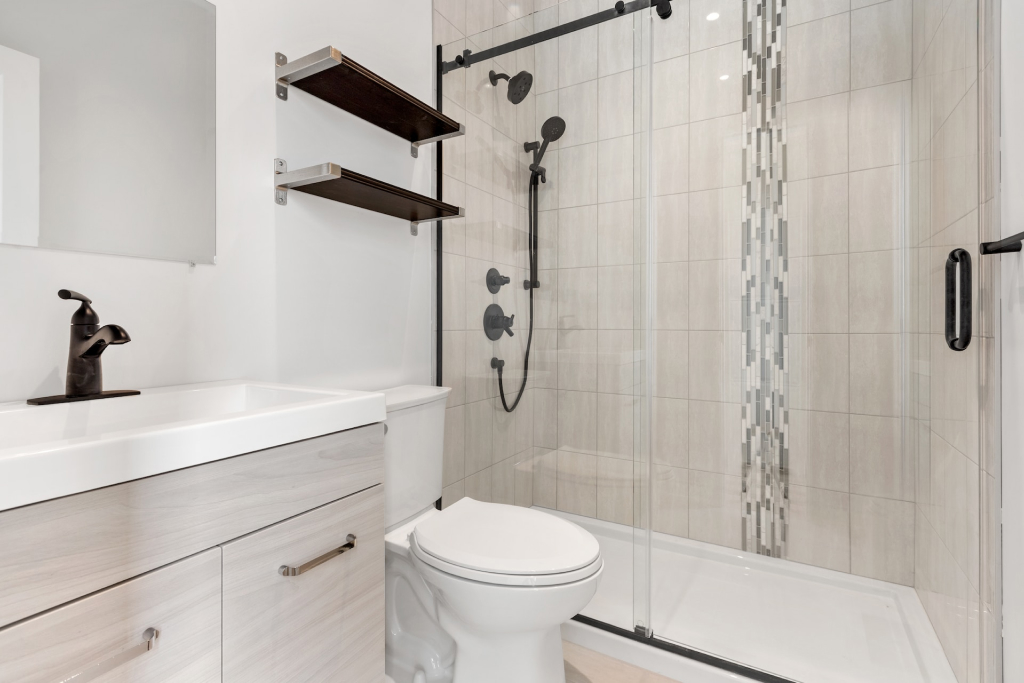
Photo by Point3D Commercial Imaging Ltd. on Unsplash
The affordable cost of living is among many reasons people like moving to Indianapolis. The city has a utility index cost of 90.2, which is 10% lower than the national average.
Indiana’s cold winters and hot, humid summers contribute to utility bills, as each season requires heating or air conditioning. To give you an idea, here are the average utility bill expenses in Indianapolis:
| Utility | Average Cost |
|---|---|
| Basic Utility Bills (Electricity, Heating, Cooling, Water, Garbage) |
|
| Phone Bill | $189.43 |
| Internet Plan | $70.2 |
Job Opportunities

Photo by Bench Accounting on Unsplash
The economy of Indianapolis has grown over the years, with a predicted annual job growth of 2.9% between 2021 and 2024.
Construction, retail, tourism, sports, healthcare, and manufacturing are the fastest-growing sectors in the city, providing job opportunities here and there for residents of Indianapolis.
There are more than 90 national company headquarters in Indianapolis, which includes Anthem Inc., The NCAA, Simon Property Group, and more.
Furthermore, managers and business owners say finding qualified workers is their greatest challenge, so many job opportunities should await you, especially if you’ve graduated from Indiana University or Indiana University-Purdue University Indianapolis.
Public Transportation

Photo by kilarov zaneit on Unsplash
Indianapolis’s robust transportation system makes moving around the city easy and accessible for everyone.
The primary public transportation in Indianapolis is called the IndyGo transit system, which runs over 200 buses and offers 31 fixed routes around the city.
In 2019, Indianapolis expanded with a new Bus Rapid Transit (BRT) line and introduced the Red Line rapid transit buses connecting the state’s northern suburbs to southern cities. It goes a 13-mile north/south route from Broad Ripple to downtown to the University of Indianapolis campus.
The Red Line operates every week. On Weekdays, it starts from 5 AM to 1 AM, while on Saturdays, it runs from 6 a.m to 1 a.m, then 7 a.m to 10 p.m on Sundays.
IndyGo bus passengers are encouraged to download the MyKey app to save money on fares and access cashless pay options. You can purchase passes online, and below are the costs based on the pass you intend to buy:
| Pass Category | Cost | Half Fare |
|---|---|---|
| Children aged 5 below | Free | - |
| 2-hour transfer ticket | $1.75 | $0.85 |
| 2-days | $4.00 | $2.00 |
| 10 trips | $17.50 | $8.50 |
| 31-days | $60.00 | $30.00 |
| One trip access | $3.50 | - |
| Veterans Pass |
| - |
Aside from Indianapolis public transportation, the city is also a bicycle-friendly city! It has a Pacers Bikeshare system that provides 50 stations, bikes, and new adaptive-use bicycles. This bike share system offers grab-and-go bikes downtown and throughout the Indianapolis Cultural Trail.
Pacers Bikeshare system costs $1 per ride and 15 cents per minute. You can purchase an annual pass for $125, and with that, you can take 60-minute rides. If your rides exceed 60 minutes, you’ll have to pay 15 cents.
You can rent a bike via an app or at any station kiosk. Bicycles are available to rent 24/7 and can be picked up and returned to any dock space.
Aside from buses and bicycles, residents of Indianapolis also take advantage of ride-hailing services, such as taxis, Uber, Lyft, shuttle buses, and limo services for private rides and carpools.
How To Register A Car

Photo by Zac Harris on Unsplash
If you have your car, like in other places, you must register it.
Registering a car involves a few essential steps to ensure your vehicle is legally recognized and you can drive it around Indianapolis without any problems.
You may register your vehicle online or at the Indianapolis Department of Motor Vehicles (BMV). New residents and first-time registrants need to visit a local BMV branch.
You must submit a certificate of title, a Bill of Sale/Purchase Order, proof of Social Security Number (SSN) or Federal Identification Number (FIN), proof of your address, and an Odometer Disclosure Statement if you have an incomplete or missing certificate of title.
You must bring your car for inspection on the day of the appointment. Otherwise, you must complete the Physical Inspection of a Vehicle or Watercraft and present it at BMV.
If you are new to Indianapolis, you must have an out-of-state driver’s license, driving record, or verification letter, proof of identity, proof of social security, proof of lawful status, and proof of Indiana residency.
Afterward, you must register your out-of-state vehicle, which requires a free inspection. You will obtain a Vehicle Inspection Report (VIR) that you can present when you register your vehicle, which also needs a certificate of title, VIR, proof of address, and proof of SSN or FIN.
Schools Ranking
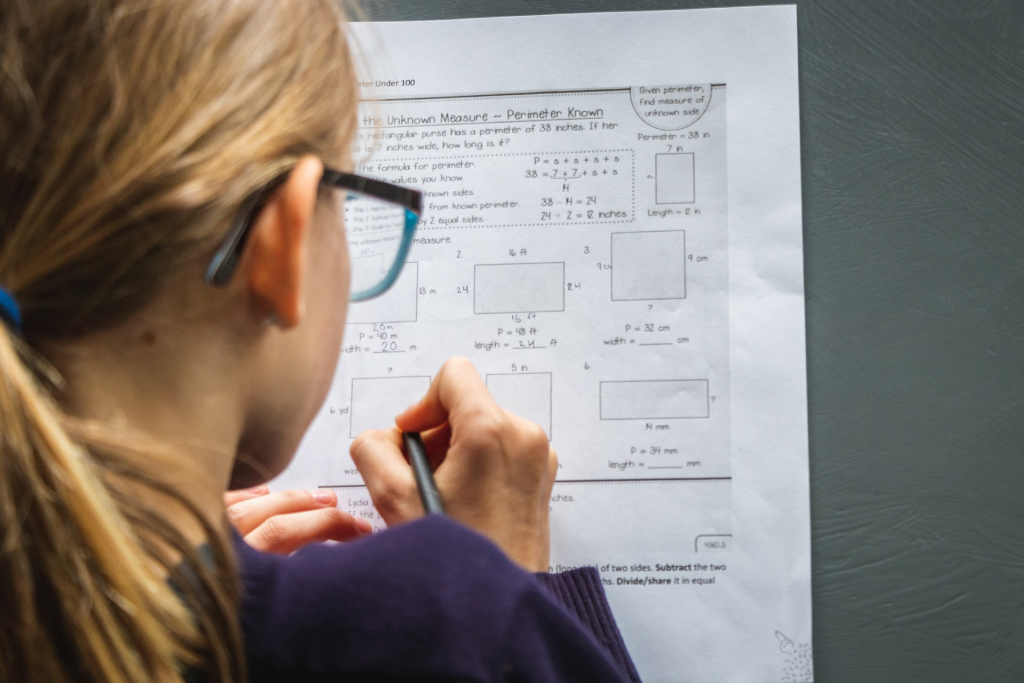
Photo by Greg Rosenke on Unsplash
For families with children, finding a school that offers an excellent education is another priority when moving to Indianapolis. Luckily, Indianapolis has various schools and universities!
Being the capital of Indiana, Indianapolis has some outstanding public schools that give students options to learn and get an excellent education. Many private schools, which can be religious, focused on academics, or cater to international students, are also popular.
The following are some of the best schools in Indianapolis, from elementary to university:
Public Elementary Schools
| School Name | Type | Grades |
|---|---|---|
| Center for Inquiry School 84 | Public District | K-8 |
| Merle Sidener Gifted Academy | Public District | 2-8 |
| Paramount School Of Excellence | Public Charter | K-8 |
| Paramount Community Heights | Public Charter | K-4 |
| Rosa Parks-Edison Elementary School | Public District | K-5 |
| South Creek Elementary School | Public District | Pre-Kindergarten, K-5 |
| Acton Elementary School | Public District | K3 |
| Bunker Hill Elementary School | Public District | K3 |
Private Elementary Schools
| School Name | Type | Grades |
|---|---|---|
| Riviera Day Care & Preschool | Private | Pre-kindergarten, K |
| Christ Temple Christian Academy | Private | Pre-kindergarten-K5 |
| Sonshine Child Care Center | Private | Pre-kindergarten, K |
| Allen Chapel Child Care Minister | Private | Pre-kindergarten, K |
| Abundant Life School DC | Private | Pre-kindergarten, K |
| Trinity Wesleyan Child Care | Private | Pre-kindergarten, K |
| A Children's Habitat Montessori Preschool & Kindergarten | Private | Pre-kindergarten-4 |
| Northside Montessori School | Private | Pre-kindergarten-4 |
Public Middle Schools
| School Name | Type | Grades |
|---|---|---|
| Center for Inquiry School 84 | Public District | K-8 |
| Merle Sidener Gifted Academy | Public District | 2-8 |
| Paramount School Of Excellence | Public Charter | K-8 |
| Perry Meridian Middle School | Public District | 7-8 |
| Southport 6th Grade Academy | Public District | 6 |
| George and Veronica Phalen Leadership Academy | Public Charter | K-8 |
| Franklin Township Middle School West | Public District | 6-8 |
| Eastwood Middle School | Public District | 6-8 |
Public High Schools
| School Name | Type | Grades |
|---|---|---|
| Herron High School | Public Charter | 9-12 |
| Franklin Central High School | Public District | 9-12 |
| Charles A Tindley Accelerated School | Public Charter | 7-12 |
| Ben Davis University High School | Public District | 10-12 |
| Purdue Polytechnic High School Ind | Public Charter | 9-10 |
| Riverside High School | Public Charter | 9-10 |
| Perry Meridian High School | Public District | 9-12 |
| North Central High School | Public District | 9-12 |
Private High Schools
| School Name | Type | Grades |
|---|---|---|
| Providence Cristo Rey High School | Private | 9-12 |
| Crosspoint Christian Academy | Private | Pre-Kindergarten, K-12 |
| K12 International Academy | Private | K-12 |
| The Independence Academy of Indiana | Private | 5-12 |
| Park Tudor School | Private | Pre-Kindergarten - 12 |
| Apogee School for the Gifted | Private | K-6, 8-12 |
| Lumen Christi Catholic School | Private | K-12 |
| Cathedral High School | Private | 9-12 |
For higher education, Indianapolis is home to many reputable universities and colleges that offer excellent programs and opportunities. Some of the best universities in the area include the following, in no particular order:
Healthcare Facilities

Photo by JAFAR AHMED on Unsplash
Healthcare is among Indianapolis’s growing and most prominent sectors, so you can feel confident that medical services and excellent facilities are readily available and accessible in the city.
Most of the medical facilities in Indianapolis belong to three private, non-profit healthcare systems:
The city’s Community Health Network is the biggest employer in the area, followed by IU Health University Hospital. IU Health University Hospital and its Riley Hospital for Children are known as some of the best hospitals in the country for adults and pediatric care.
Weather Throughout The Year

Photo by Bryan Dickerson on Unsplash
Indianapolis experiences different types of weather throughout the year. It starts cold and snowy in winter, warms up in spring, gets hot and humid in summer, and cools down with colorful leaves in fall.
The city’s climate and seasons bring various activities and experiences for the residents.
Winter (December to February)
Winters in Indianapolis are cold and often snowy. December through February is the coldest time of the year, with temperatures between 38.3°F to a low of 21°F throughout the season.
Snowfall usually starts covering the city’s landscape, especially in January and February, making it an excellent time for winter sports like ice skating and skiing.
Spring (March to May)
During March, Indianapolis experiences a transition from cold winters to warmer days. March can still be quite chilly, with temperatures of 50°F to warmer 71.8°F.
During springtime, the Indianapolis landscape shows blooming flowers and trees, making it enjoyable to enjoy outdoor activities. During this season, the city also starts to experience rainy days, reaching up to 2.68, especially in May.
Summer (June to September)
Summer in Indianapolis can be very humid, with temperatures reaching 80.2°F to 82°F. July and August are the hottest months, with temperatures usually exceeding 85°F.
Residents often enjoy outdoor activities, events, and festivals during this season. Although June to September’s weather is super hot, an occasional thunderstorm can be expected, providing relief from the heat.
Autumn (September to November)
September’s temperatures begin to decrease from 75.9°F in September to a cooler 49.3°F in November, making Indianapolis covered with colorful foliage and comfortable temperatures. September is still warm, with temperatures in the 70s, while October brings cooler weather as temperatures drop to the 50s or 60s.
November sees a temperature drop, with highs in the 50°F or below.
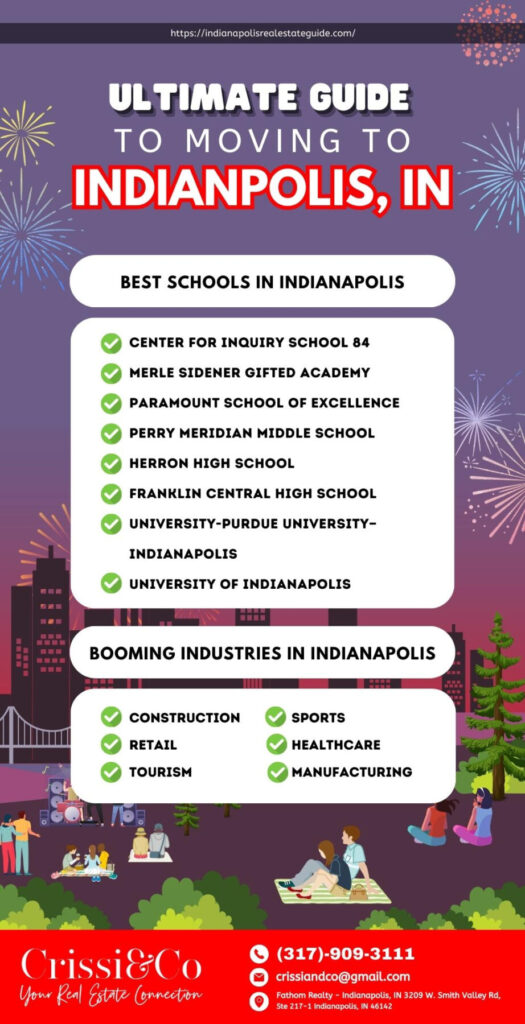
Final Thoughts
With so much to offer that contributes to an excellent lifestyle, moving to Indianapolis, Indiana, makes it all worthwhile.
The city has an affordable cost of living, a growing job market, excellent educational opportunities from top-ranked public and private schools, and numerous reputable universities and colleges.
It has a robust public transportation system, such as buses and bike-sharing, making it easy to get around. Healthcare facilities are also accessible, with some of the best hospitals in the country.
Indianapolis’s diverse offerings, amenities, and conveniences make it an appealing destination, whether you are single, have a family, are a retiree, or are someone who plans to move to the city due to its affordability, job opportunities, educational options, and lifestyle.
If you have questions about Indianapolis or need assistance finding a new place or home in the city, please do not hesitate to contact us at your earliest convenience. You can call us at (317) 909-3111 or send us a message at crissiandco@gmail.com or any of our socials below:
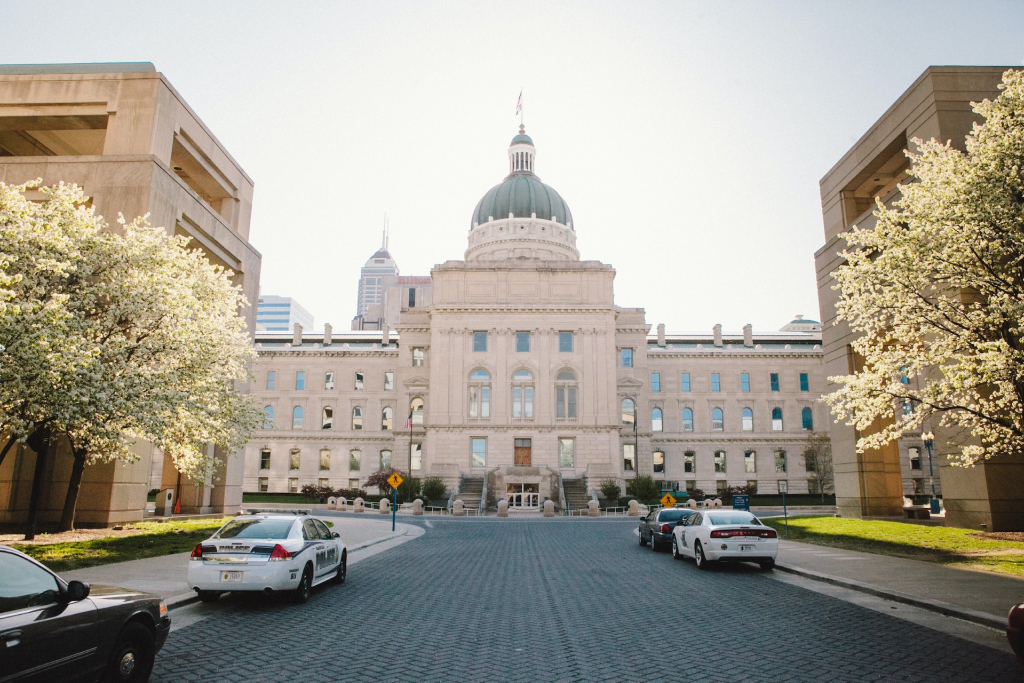
Photo by Steven Van Elk on Unsplash
Frequently Asked Questions
What are the top schools in Indianapolis?
The top schools in Indianapolis from elementary to college are the following:
What is the climate like in Indianapolis?
Located at the center of Indiana, Indianapolis has a hot-summer humid climate and experiences four seasons: spring, summer, autumn, and winter.
What is the cost of living in Indianapolis?
The cost of living in Indianapolis is 2% higher than the state average and about 7% lower than the national average. A single person would need an estimated monthly cost of $1,092 to meet daily expenses in Indianapolis, while $3,853 for families.
How do I find a reliable moving company in Indianapolis?
If you know someone residing in Indianapolis, you can ask them for recommendations. You can look for reputable companies online if you don’t know someone in the city.
As you browse for the best moving companies in Indianapolis on the internet, make sure that the company is licensed and insured, and you must also read customer reviews.
How much does it cost to move to Indianapolis?
The cost of moving to a new city, like Indianapolis, can vary due to several factors, like the neighborhood you will move to, the cost of hiring professional movers, supplies you will need, distance, travel expenses, and other services you will require.
Getting a quote from moving companies in Indianapolis is recommended for an estimated cost, or you can also ask a professional realtor.
Are there any cultural attractions in Indianapolis?
Of course! There are several cultural attractions throughout the city. The White River State Park is one of Indianapolis’s go-to places for cultural activities. Other cultural attractions in the city are the following:

